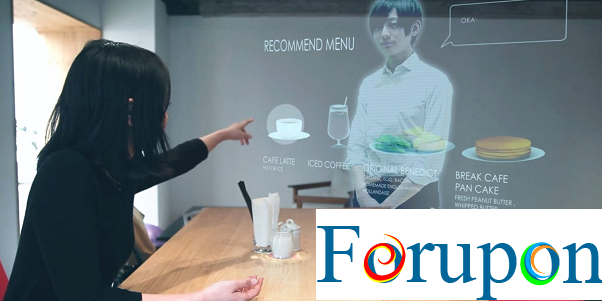For upon |Technology has become a crucial part of how restaurants operate. Bluetooth temperature sensors replace traditional meat thermometers. Meanwhile, tabletop tablets are changing the way that customers order from the menu. Here are just three technologies that restaurants should embrace in their establishments.
Touchscreen Kiosks/Tabletop Tablets
Touchscreen kiosks and tabletop tablets have become increasingly popular in restaurants across the globe. Touchscreen technology and restaurant POS software allow customers to browse the menu, create their own orders, and pay for their menu by themselves. This eliminates the need for cash registers. It also encourages the customer to order more, if they want to.
Having touchscreen kiosks and tabletop tablets removes the need for customer service at the front of the house. Thanks to restaurant POS software, employees to shift their focus on the back-of-house operations where the food is being made. There are rumors that this technology will suggest which food and drink to order and which payment method to use. But for now, it will improve the efficiency and service of restaurants.
Bluetooth Temperature Sensors
Restaurants have started employing Bluetooth temperature sensors to make sure that their food is up to quality standards. Every restaurant has to follow strict rules enforced by the Hazard analysis and critical control points (HACCP) food safety checklists.
When they use these Bluetooth temperature sensors, they can automatically get the readings in as little as four seconds. Managers can create different temperature limits for each food and equipment. They can also get an alert if the temperatures don’t follow according to the HACCP food safety checklists.
The readings from these Bluetooth temperature sensors are then wirelessly recorded in a HACCP log. This ensures accurate daily reports and reduces paper logs since employees don’t have to enter the information manually. These wireless systems provide an even better approach to food safety by improving customer safety and reducing product loss.
Virtual Reality Onboarding
Virtual reality onboarding uses a virtual reality headset and software that allows employees to interact with one another and with their training manager. This can provide an intimate experience, without the costs and risks associated with a normal onboard training session. This gives employees a 360-degree view of the workplace without having to be there physically.
This allows employees to watch how other employees work in action. They can also test their own skills when playing these virtual simulation games. With virtual reality training, they don’t have to touch any of the food or be inside the restaurant to learn how to perform their job. This helps decrease contamination and training accidents from occurring. There is also less pressure for employees to make mistakes while managers have more time to focus on the other responsibilities involved with the restaurant.
This increasingly popular technology will help employees adapt to the workplace environment faster and become better at their jobs. Restaurants that use this technology will make sure all of their employees receive the same kind of training to take on the daily operations of their business.
Technology will just continue to improve itself. It’ll become an integral part in success for the food industry. Having great customer service and delicious food is not enough to keep a restaurant going. Restaurants will learn that embracing these new technologies will boost profitability.


Comments are closed.